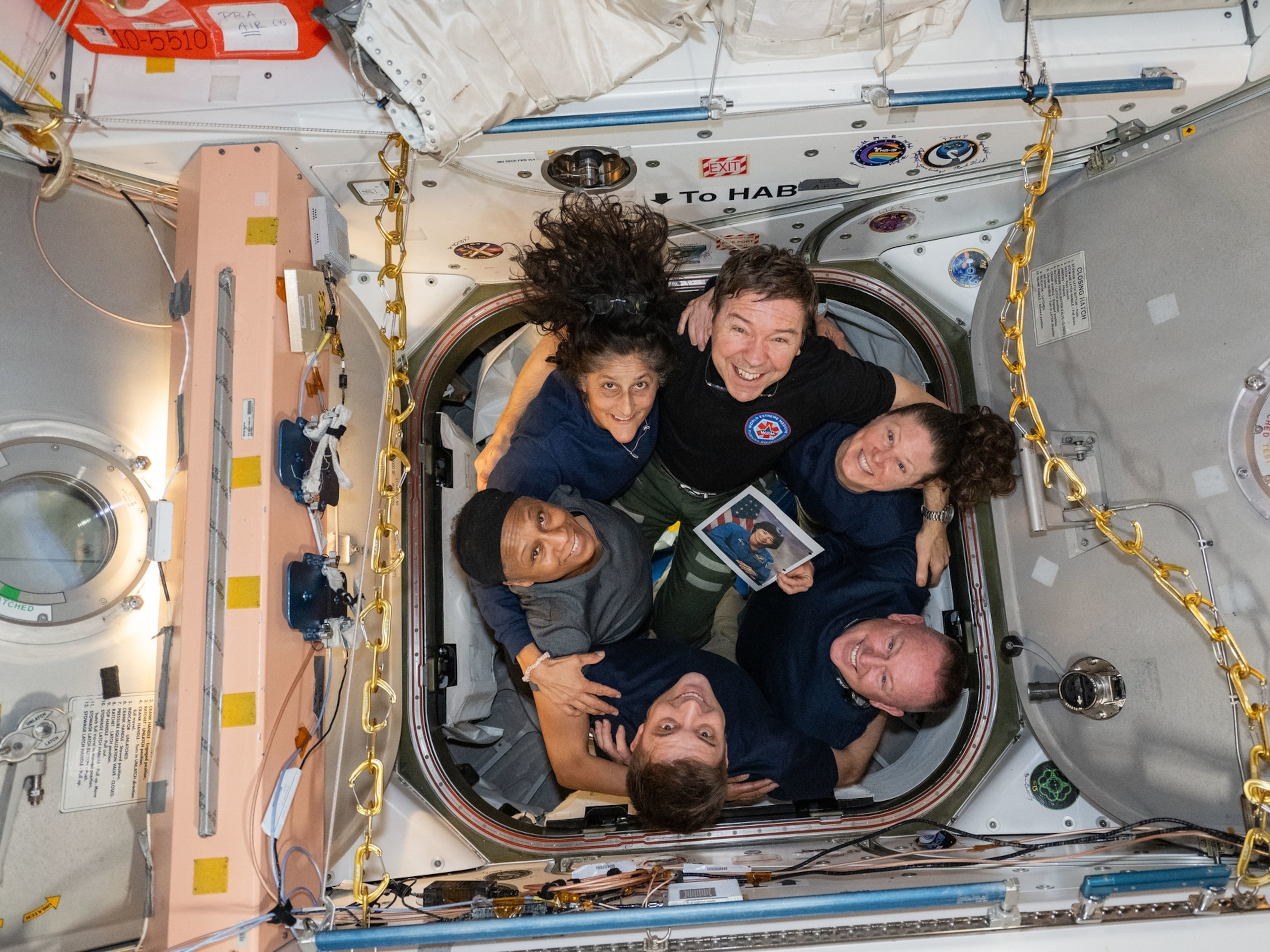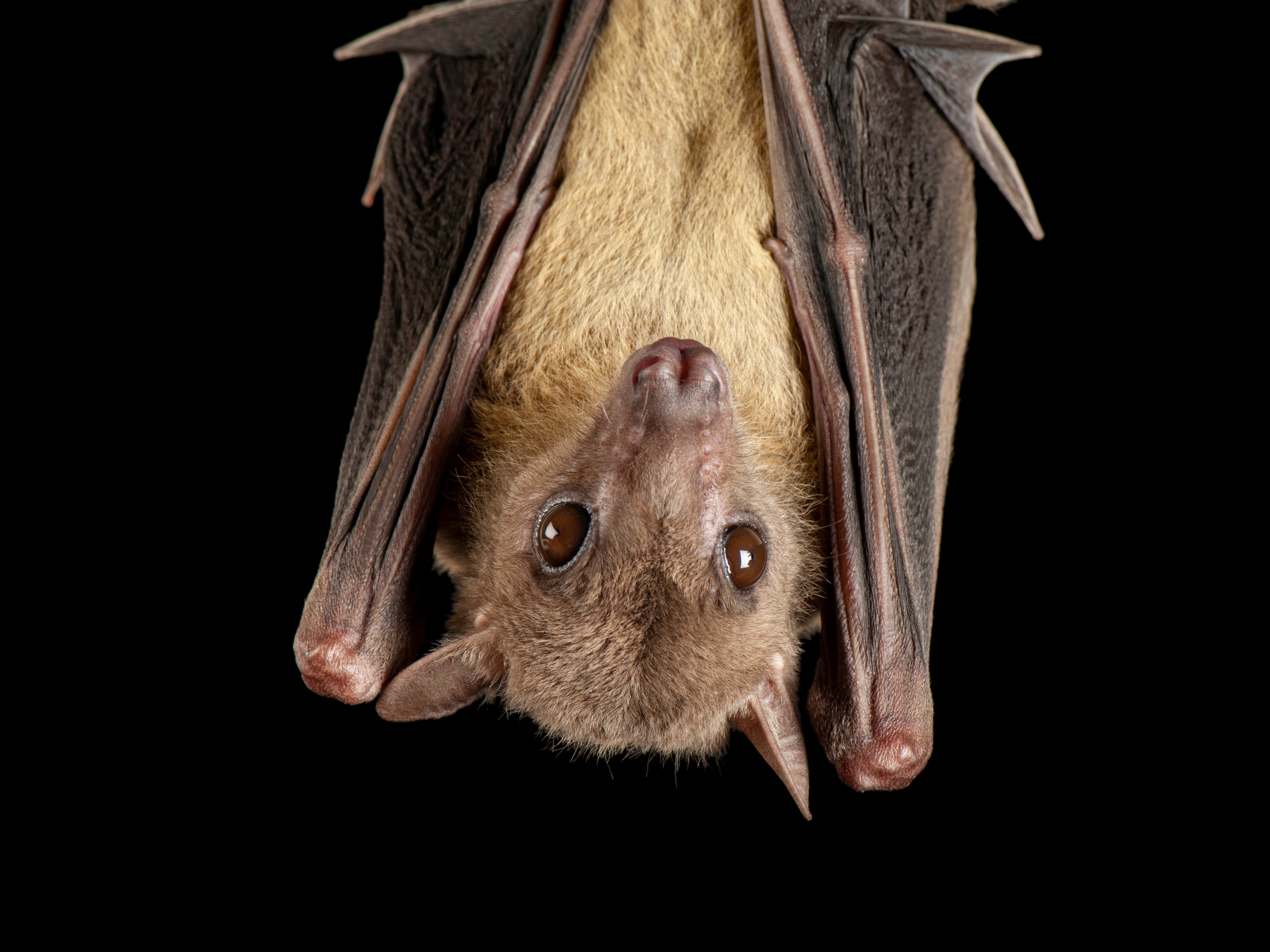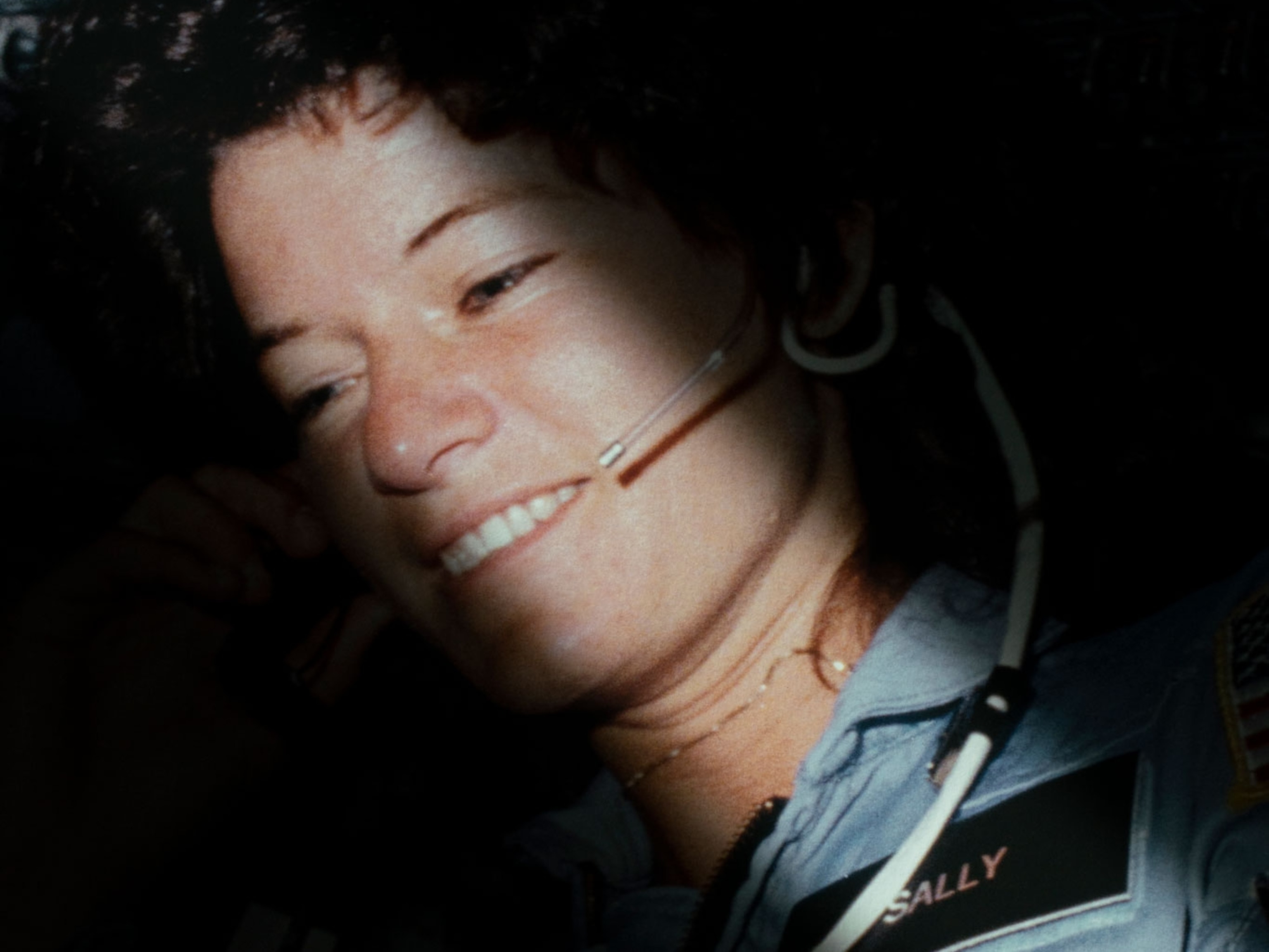Exclusive: How We Made the First 3-D Virtual Reality Video in Space
Astronaut Paolo Nespoli had to get creative to shoot this stunning footage aboard the International Space Station.
Italian astronaut Paolo Nespoli has a tough time saying no to performing experiments related to spaceflight.
“By principle, I agree to everything,” says Nespoli, a veteran of three off-world trips. “Which is not a smart idea, by the way, because you end up doing things that later on you regret. But I feel like I owe it to people … to carry my weight as a human being and to forward our humanity.”
That’s why, in late 2017, Nespoli readily agreed to shoot the first 3-D 360-degree video ever made on board the International Space Station. The project was part of a collaboration with National Geographic, which also involved Nespoli capturing cinematic footage for the ten-part global event series One Strange Rock.
At first, he says, the goal was simple: Place the camera at a location called Node 2, where the Japanese laboratory intersects with the European laboratory. The area holds crew quarters and work stations, so the camera was meant to be like a fly on the wall, recording astronauts in action. But there was a problem.
“Nothing was happening where the camera was installed,” Nespoli recalls. “Twice, they asked me to put the camera there, and twice, we were all doing something somewhere else.” To capture something more exciting, Nespoli first attached the camera to a pole and zipped through the space station carrying it.
This solution offered one caveat: “My face and myself are going to be in there,” he says, laughing at the idea of his 3-D face showing up in every frame of the final video.
That’s when Nespoli realized that he could, with a little work, turn himself into something like a flying tripod. He strapped the Vuze VR Camera to his head and slapped a laptop computer on his back, so the camera would have a power source. Then off he went, documenting what he calls the Spider-Man factor afforded by microgravity.
“I wanted to get this, to show what it means to fly through the station and be continuously changing orientation.” he says. “You don’t walk anymore with your feet on the floor, and when it’s more convenient to walk on the ceiling, you walk on the ceiling. More convenient to walk on the side, you walk on the side.
“I looked like an idiot,” he adds. But he floated that way from one end of the station to the other, from the U.S. to the Russian module.
“I still remember the Russians looking at me puzzled, like, What the hell happened to Paolo? Did he smoke something? Because they saw me flying with this camera up on my head,” he says.
He, like most of us, hasn’t yet seen the footage he captured, and he is hoping that the finished product will help convey the full effect of spaceflight to people who can’t otherwise share the experience.
“I’m curious to see how it came out, all of this experimentation and this crazy thing.”





